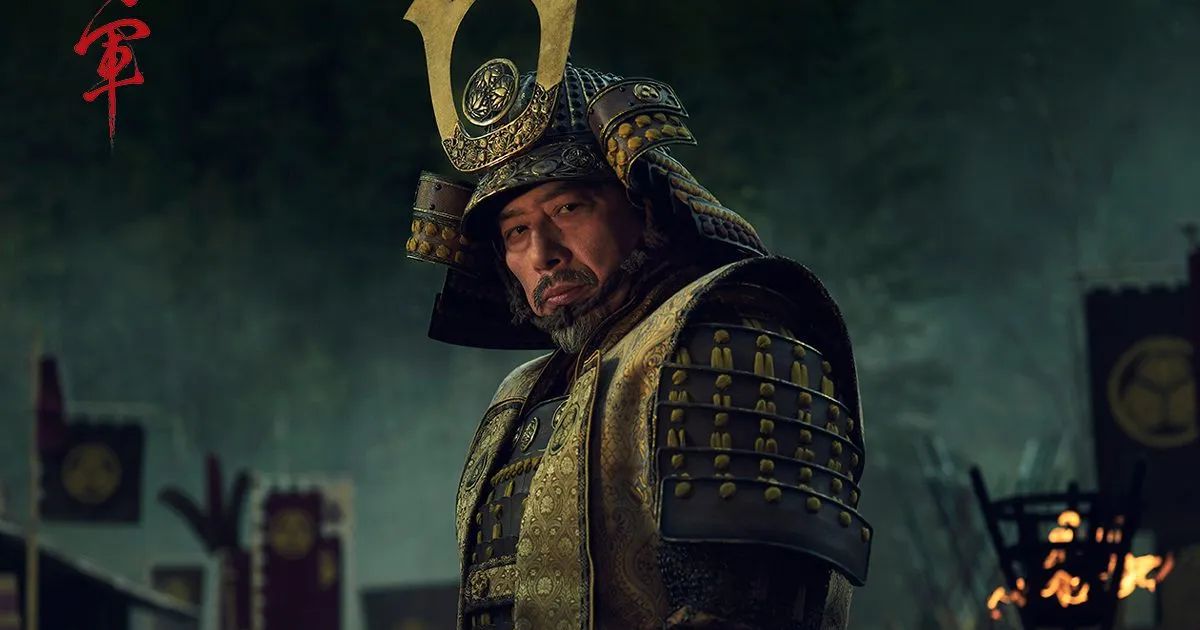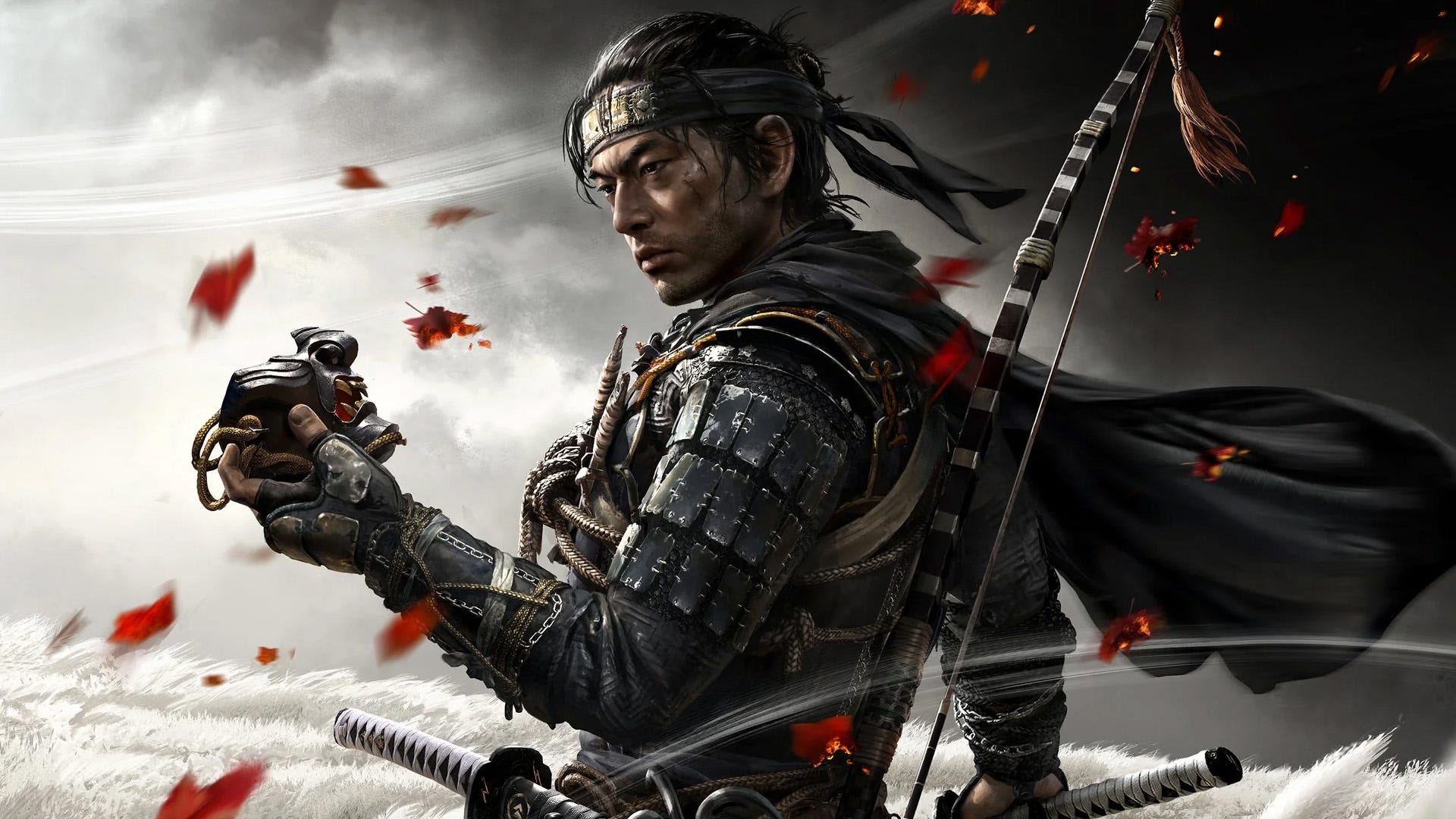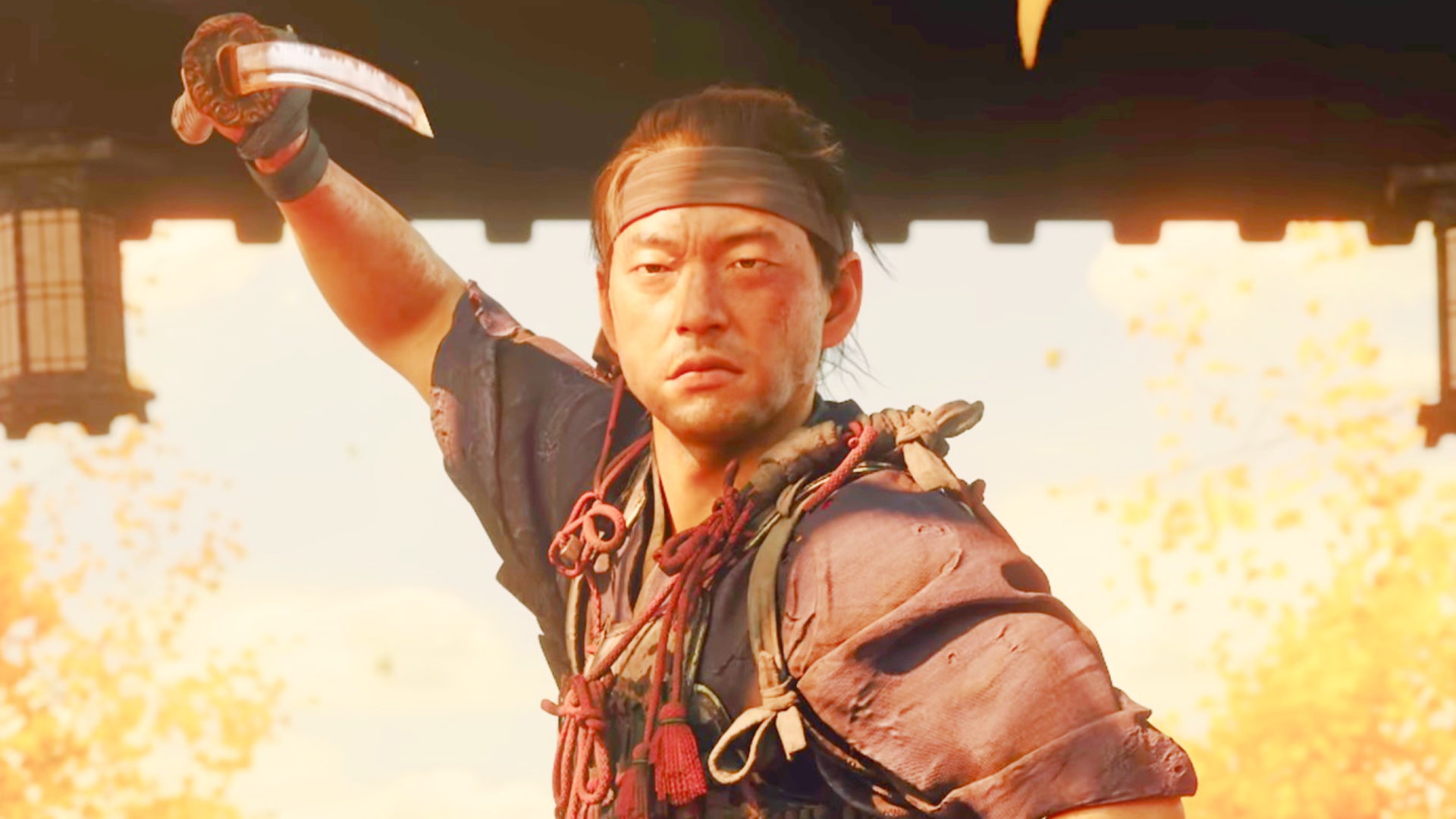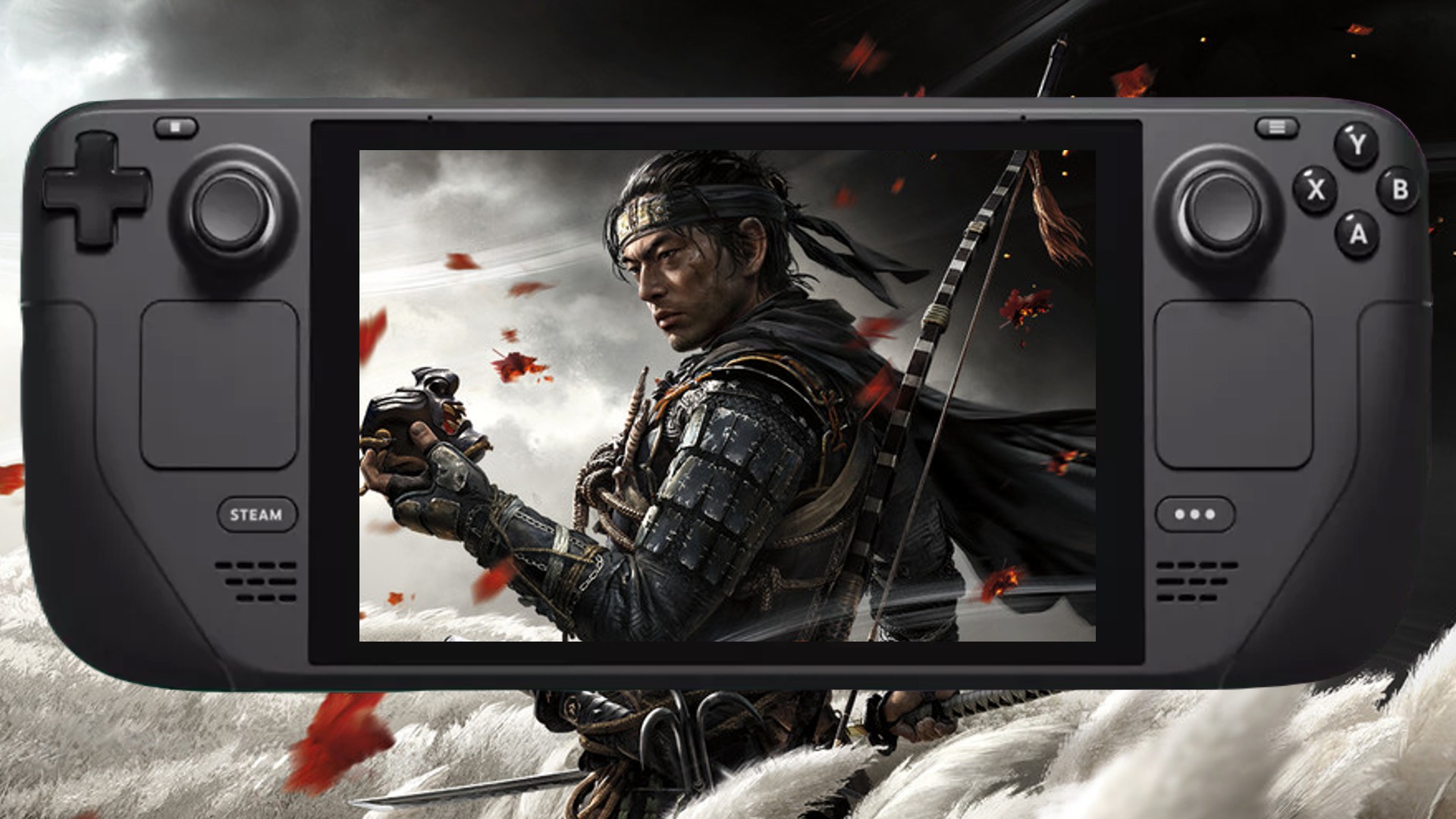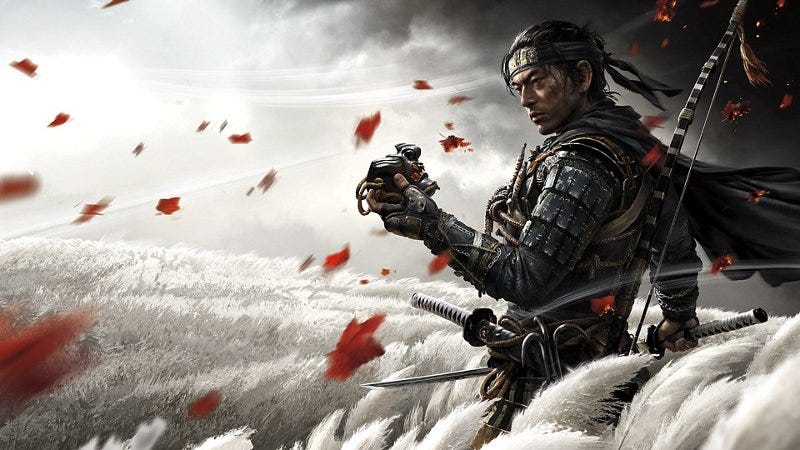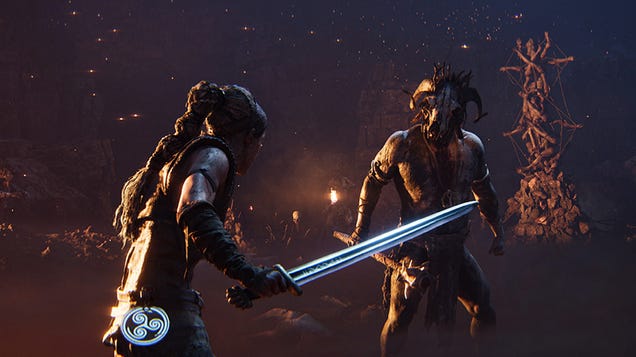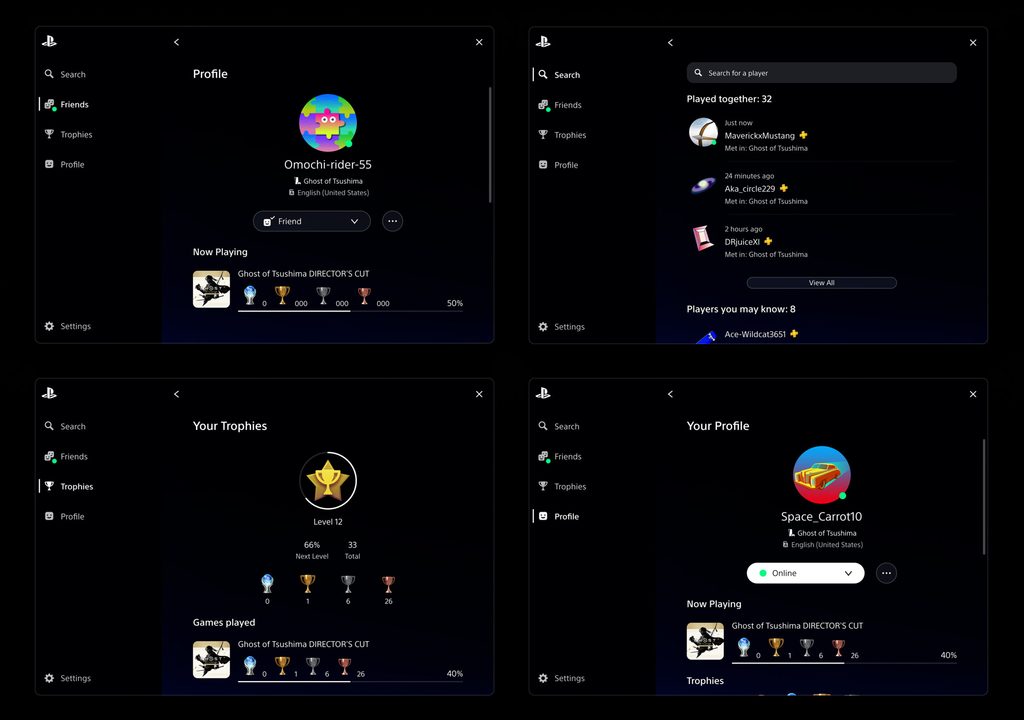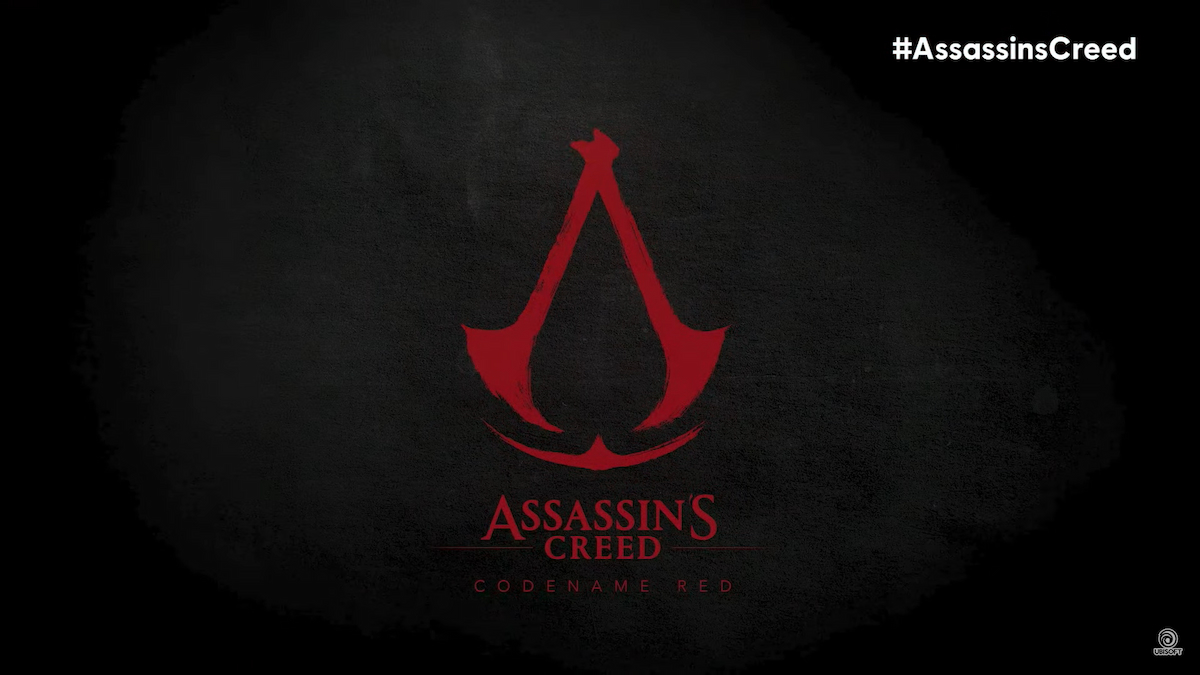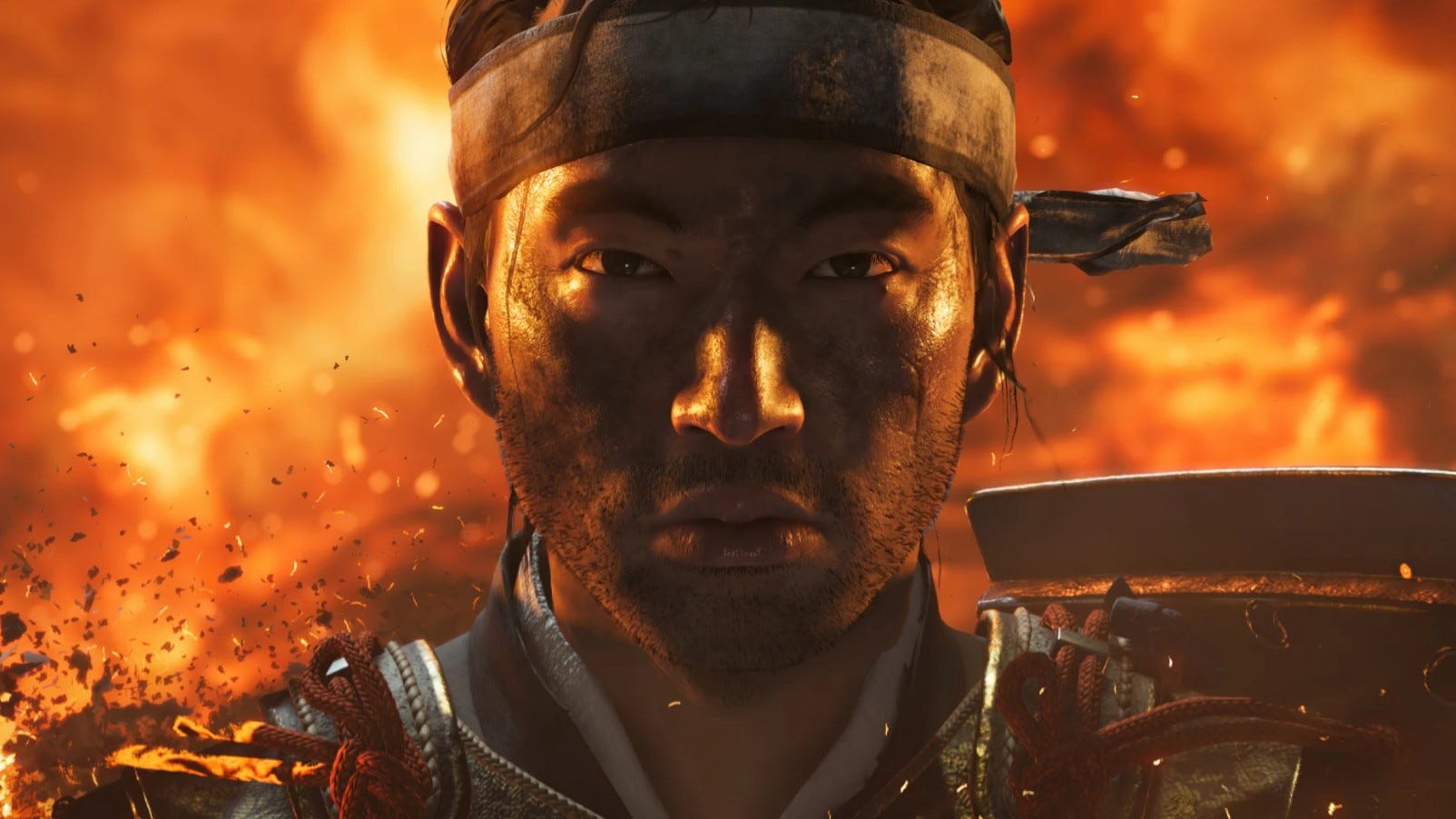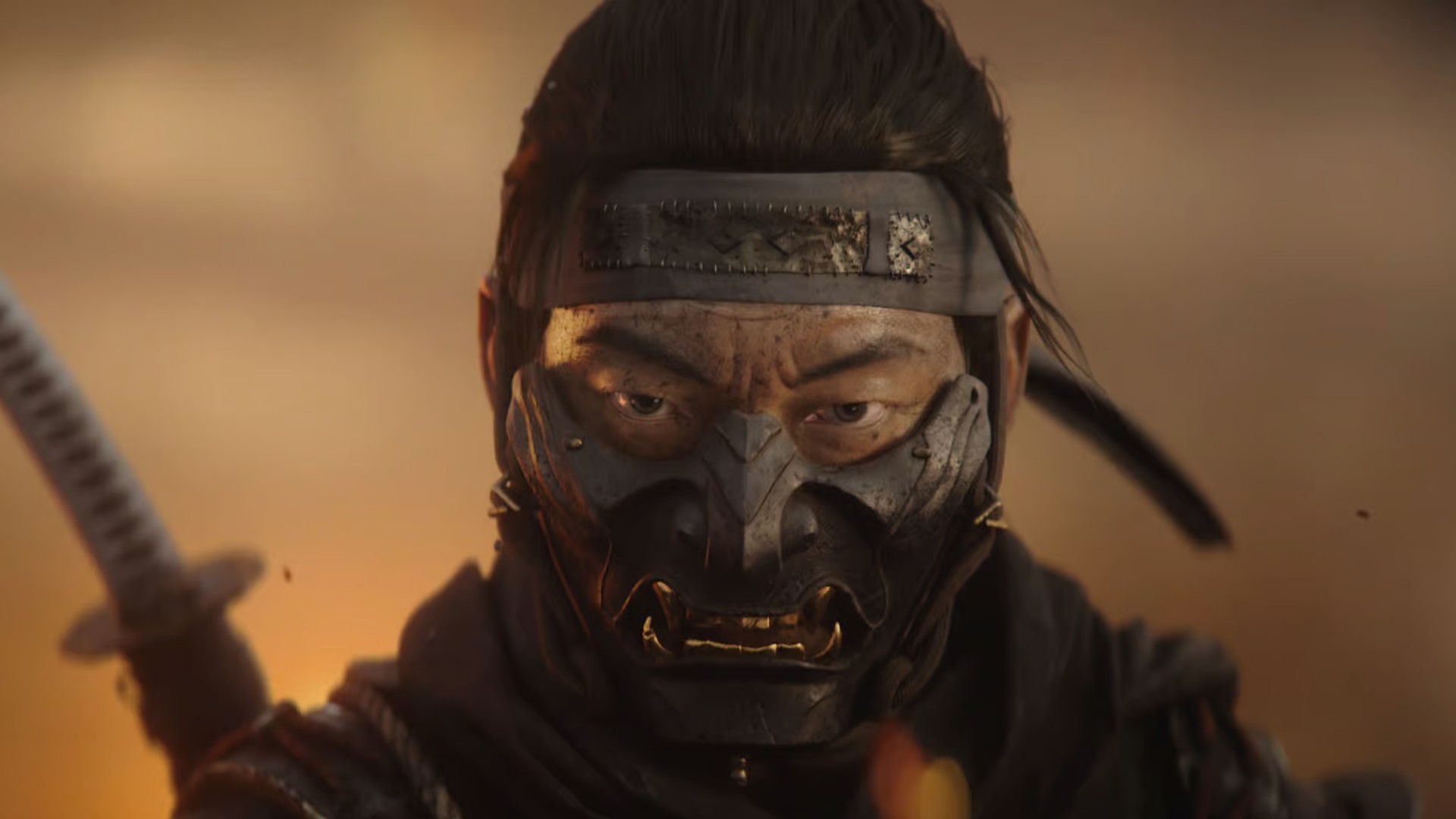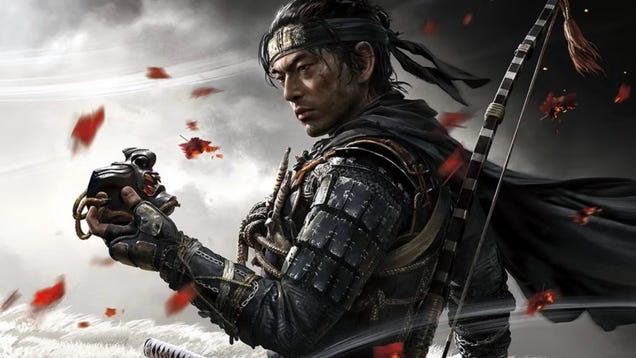Title: Ghost of Tsushima
Developer: Sucker Punch Productions
Publisher: Sony Interactive Entertainment
Released: July 17, 2020
Platforms Available: PlayStation 4, PlayStation 5, PC Game (Director’s Cut)
Platform Reviewed: PlayStation 4 and PlayStation 5
Article Reading Time: 9 minutes
Introduction
It was the thirteenth century, and Mongol troops invaded the Japanese island of Tsushima. Samurais were soundly defeated, and almost everyone on the battlefield died. But Jin Sakai survives thanks to the help of the thief Yuna and gradually begins to learn that the honorable ways of the samurai may no longer be enough against the Mongol invasion. The time is coming when it will be necessary to stray from this virtuous path. Not all of Tsushima’s defenders, however, share this attitude.
Choosing Your Path
Right at the beginning of your Ghost of Tsushima journey, you choose how authentically you want to experience the Mongol invasion. Classically with an English dub, Weeb-ish with a Japanese dub, or ultra-old-school-weeb-ish in “Kurosawa mode”. Then, as you prepare the peasants to defend their village from the Mongols, you can almost feel like a hero in Kurosawa’s films. But even if you’re not a fan of playing a game that looks like it was made in the 1950s, you indeed won’t be deprived of the aesthetic experience. In fact, the world of Ghost of Tsushima is absolutely breathtaking. Whether you’re strolling along a cliff, riding through a forest with your horse’s hooves swirling golden leaves, traversing the snowy plains of the north looking for the silhouettes of Mongolians on the horizon, or galloping through a grassy plain under the moonlight with Jin’s palm raking the shimmering flowers.
Visual and Aesthetic Experience
And, of course, such beauty deserves a proper photo mode. With options to control almost everything in the scene… But you don’t have to take the camera, because the developers will show you the most beautiful angles. A great example is the title screens of the quests, which are simply a treat for the eyes.
By now, you may think I’m stretching the aesthetic too far. However, the underlining of the impressive visuals continues with the user interface, which is minimal and nil in terms of navigation. Sure, you have a separate full-size map, but the elements in the world are used for your direct navigation. If you look around from an elevated location, columns of smoke will reveal the location of camps, birds will show you various points of interest, and foxes will lead you to hidden Inari shrines. If you think the basic building block of all games is the ability to pet a dog, you should rethink your values in life because here you can pet foxes. And we’ll get to the dogs later in this review.
Immersive Navigation
We’ve covered those animals by navigating to predetermined places in the world. But your navigation becomes a breeze if you set your destination or go to a waypoint. And the raw immersion goes even further. What a lot of open-world games take from the third Witcher is tracking. Unfortunately, that includes the malaise of highlighting tracks on the mini-map. You then run along the trail with your nose buried in the map, which is quite different from my idea of tracking. Here, you don’t have a mini-map to dig into or an auxiliary highlight, so you’re following tracks in the world. Whether it’s bootprints, hoofprints, or a trail of dead Mongols. And speaking of dead Mongols… when your haiku-writing and landscape exploration is interrupted by a hostile group, you have tremendous freedom in dealing with them.
Combat Mechanics
First of all, you’re a samurai. So you can challenge your enemies fairly and use your skills in an equal contest. Being a samurai means you must react quickly to dodge or parry attacks, move tactically around the battlefield, change stances depending on which enemy you’re attacking, and, last but not least, aim your attacks accurately. Here, you don’t (except for boss fights) have the option of targeting the enemy, so it’s no problem to swing your sword next to him. Bossfights are very impressive. It is so remarkable at times that the basic PS4( not the PS4 Pro version) stops keeping up with the steady framerate, and the responsiveness of the controls goes downhill. And that could be better at the speed of these fights, and at times, I found the framerate to be the real enemy. On PS5, however, the situation is entirely different, and you can’t naturally complain about anything in this regard.
Stealth and Strategy
Slightly unfairly made the fights and the occasional movement issues in a not-entirely flat environment. At this point, I was so pleased with the relatively benevolent health system. This can be topped up using the commitment points above the health bar. These restore some of your health instantly, and you replenish it by killing enemies and, once unlocked, with other abilities such as precisely timed dodges. As I mentioned, however, you’ll find out right from the start that the Mongol invasion should not be fought off in an honorable samurai fashion. Jin must resort to techniques less worthy of being a virtuous warrior.
Expanding Your Arsenal
First, they learn to sneak and quietly destroy unsuspecting enemies. Gradually, your arsenal of sneaky tools grows. Of course, this is increasingly at odds with Jin’s manners. Still, the increasingly numerous and sneaky tactics of the Mongols require this dodging from the samurai path, and more importantly, being a sneaky bastard is just more fun in terms of gameplay. From throwing knives to smoke, sticks and other bombs, explosive arrows to, say, poison darts. You can even deviate from the samurai path enough to use fear in combat and execute your enemies so brutally that onlookers fall to their knees.
Ethical Dilemmas
But where does this brutality come into play when it comes to killing Mongolian dogs, who would sniff you out before their owners while sneaking around? Yes, you’ve gone from samurai to atrocities worthy of The Last of Us Part II.
If your lousy conscience, fueled by flashbacks to childhood lessons you violate like this, weighs heavily on you, you can try to justify helping the islanders. While the main story of repelling the Mongol invasion tells an exciting tale, it’s the less epic side of the war from the general population’s perspective that you’ll really only get to see in the side quests. Wherever you go, you’re likely to meet someone in need. You’ll save someone from a group of bandits or Mongols, somewhere you’ll get the herbs the healer needs, and somewhere things can get conjurer-like. Everything is kind of morally grey, and you don’t even know if you want to help anyone anymore.
Side Quests and Exploration
But you don’t leave a village or a settlement to the Mongols. Especially if the rescue points you to the proper places, whether it’s shrines where you find amulets, places to chop bamboo where you increase your maximum determination, baths where you increase your maximum health, and so on, you may even come across musicians who will tell you the legend of a mythical weapon, armor, or technique you can follow to find its object. And, of course, we must remember the flowers you can use to repaint your armor at the merchants. But if you’re an adventurer, you don’t need the advice of others, and you can find these places on your own thanks to the density of their placement. Even if you wander around, you can improve your stats in a way that makes sense in this beautiful world.
Overall Impressions
With all that said Ghost of Tsushima is a great open-world game with extensive side storylines and minor quests that flesh out the world. But it also adopts other mechanics from other games. You can feel the inspiration from Nioh in the attitude system or the similarity to the more recent Assassin’s Creed in clearing out enemy camps. In theory, it’s not doing anything new or unprecedented. But everything it does, it does really well, and most importantly, it presents it with the dense atmosphere of feudal Japan. There are minor technical problems, but that’s due to the big open world. On the other hand, Ghost of Tsushima emphasizes detail and overall player-friendliness, and these elements make up for the minor flaws.
Conclusion
In short, Ghost of Tsushima is a great open-world game spiced up with elements taken from other games and genres. In theory, it does nothing new and unprecedented. What it does do, however, is that it does really well, and most importantly, it presents itself in the impressive guise of feudal Japan and fantastic and natural gameplay with cool animations.
Soon, we will cover multiplayer combat mode Ghost of Tsushima: Legends and fantastic DLC Itchy Island. Stay with us, and game on!
Where to Buy Ghost of Tsushima
- Steam (PC): Available for $59.99. You can purchase the game directly from Steam
- Epic Games Store (PC): Also priced at $59.99. You can find it on the Epic Games
- PlayStation Store (PS4, PS5): The Director’s Cut is available for $69.99. Check it out on the PlayStation Store
- Direct PlayStation (PC): The digital code for the Director’s Cut is available for $59.99. Purchase it from PlayStation Direct
The post Ghost of Tsushima: Mastering the Art of Samurai and Stealth appeared first on WePlayGames.net: Home for Top Gamers.
![]()





